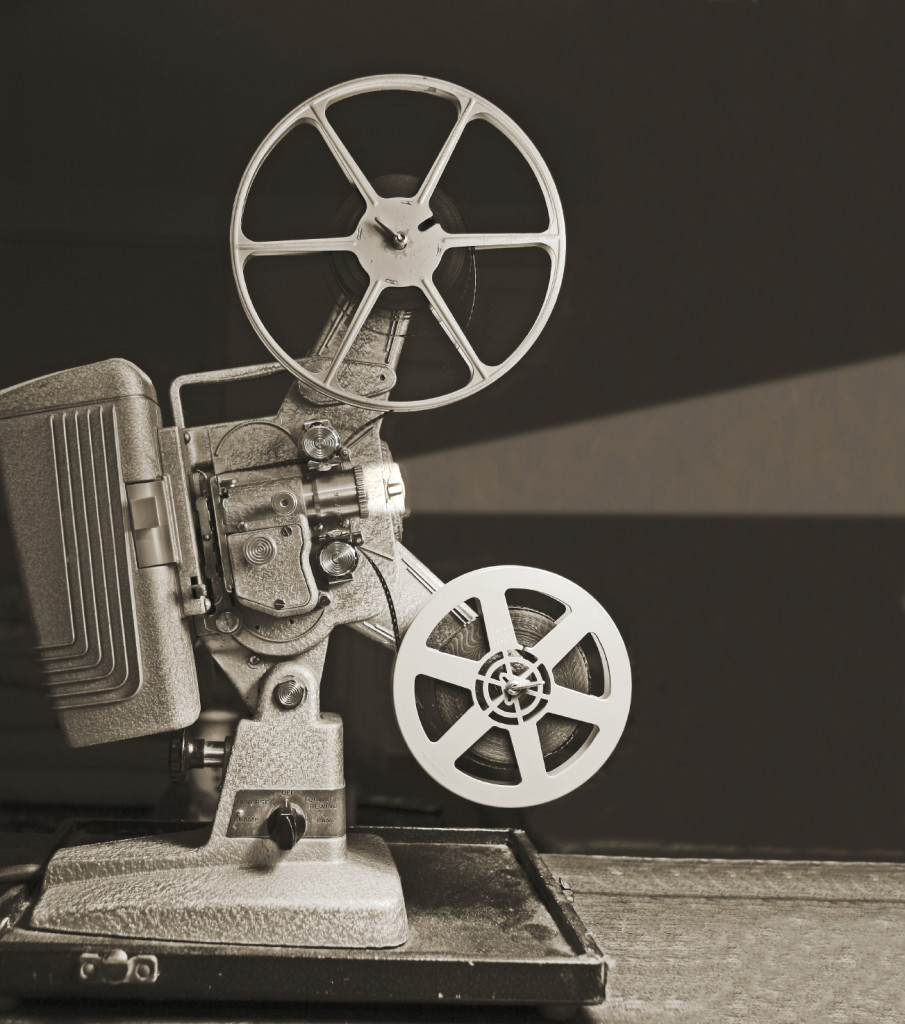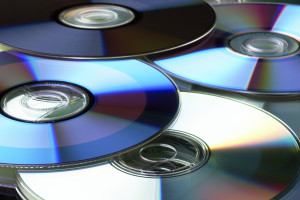Gone are the days of sitting in front of a flickering projector screen with the curtains shut and the ‘big light’ off (although enjoying a spot of outdoor cinema is always a fantastic idea). From 8mm film to 16mm and Super 8, we can now re-watch our home movies on our TV’s, phones, laptops, and tablets. The same could be said for trying to catch a home memory in action. Telling your partner to quickly grab the camera and the film reel to catch the little ones first steps; you’ve probably missed the opportunity by the time you’ve set the kit up.

In The Beginning
In the days of the birth of Jazz music and the 1929 stock crash, the 20’s saw Kodak, market an equipment package for everyday people, to allow them to ‘easily’ capture their home memoirs. The camera weighed 7 pounds and the kit consisted of a tripod, a projector and a 16mm camera. For a grand price of around £270, you could capture the moving images of your life, but with no sound. In today’s money value, this would be around £4000.
Manual Cameras
Ever used a wind-up torch? Imagine a camera operating in this way; because believe it not they used to. After the 16mm was ditched, an 8mm became more popular, and soon became standard. Manufacturers carried on creating smaller and cheaper cameras for amateurs, but just as the earlier camera, required plenty of elbow grease as a means of power. In these cameras, there would be a key attached to the side of the 8mm. From winding this key for about 3-4 minutes you would gain enough power to shoot about 100 feet of film. What if you needed more film than that? You had better get reloading and re-winding.
Projectors
Equal to the wind-up camera, the projecting system was equally as hard work. To be able to view your home movies, you had to purchase an expensive projector. Only richer households would be able to own one of these treasures and you would only rarely watch the footage on special occasions with the whole family around. Even though we still use projectors to this day in cinema screens all around the world, these are digitally projected and not as manual as previously. As engineers’ knowledge developed, they began fitting projectors with spools and sprockets, and enabling movies to grow from minutes to hours, and also creating ‘talkies’ for people (movies including sound and music). After this came several more processes, and the addition of colour into the 30s, 40s and 50s.
Digital Evolution
In the 70s, tape operated cameras had to be connected to a tape machine to work; however, this was still a huge advancement from manual devices. Videotape camcorders were propping up in homes all over the world; and made it so much easier to re-watch. Just pop the tape in the VHS player, and you’ve got colour, sound, and picture! In 2003, Sony then revolutionised the home video industry by releasing the first tape-free camcorder. At first it was very expensive and sales were slow, but as the 2000’s progressed, and more companies were getting in on this, they became more affordable and everyone was rushing to get one.
Home camcorders have certainly come a long way from the days of old film projection and cassette cameras. As we move further into a technological age, the resolutions get higher, the prices get lower and the storage gets better. Home videos have progressed so much to a point where we don’t need to grab a handheld camera, as we have our smart phones at our disposal. As technology advances, even more, the way we produce and view home movies will probably keep evolving and changing.

